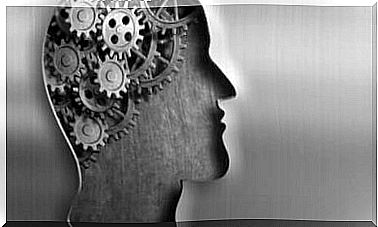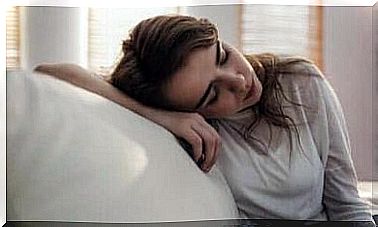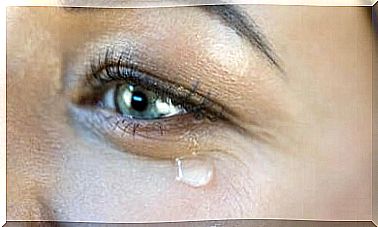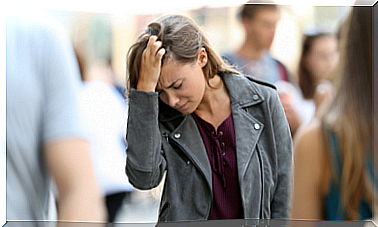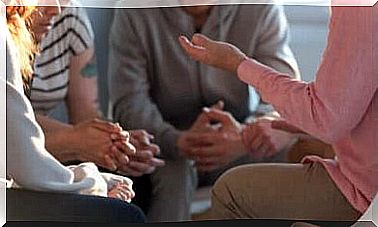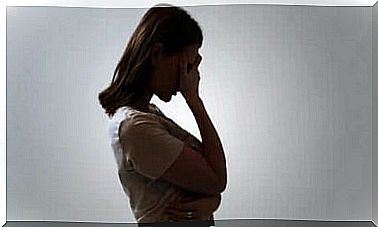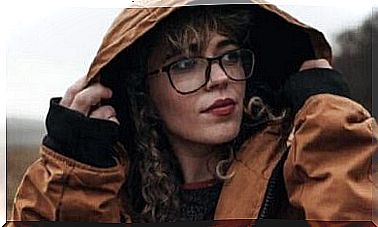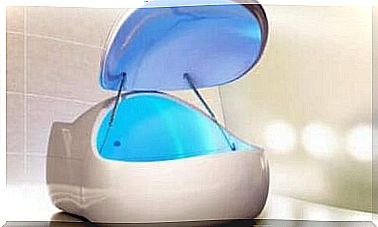Using Art Therapy: Definition And Benefits
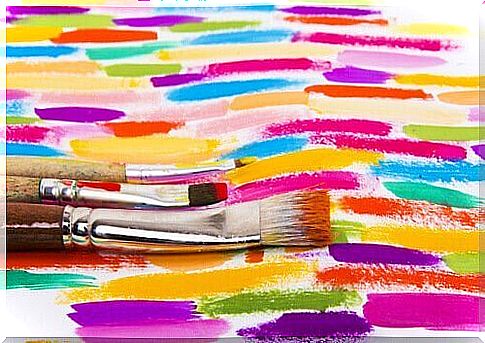
Art, like all non-verbal expressions, encourages the exploration, expression and communication of things we are not aware of. So treating emotions through the use of art therapy can improve people’s relationships. This is because it focuses on the emotional side, which is an important part of every human being. And this is how using art therapy helps people become more aware of hidden parts of themselves, which will help them develop.
Art therapy is about people. It is not a project about the person, it is a project that is carried out, and which is based on discomfort and desire for change. Through personal and cultural differences, art therapy seeks to refresh the conditions for creative expression, recognize the specific details of the various art forms, and understand all of their influence.
We can define art therapy as a discipline with specific aspects and concrete boundaries. It is a form of support (or sometimes therapy) that uses visual art as a way to help people return to or improve their mental health and their emotional and social well-being. The goal of art therapy is exactly the same as psychotherapy.
This support focuses on art as a way of communicating. And that’s how therapy helps people express and communicate emotions. It makes it easier for them to reflect and achieve the changes in behavior they need. By using artistic creation as an action, a specific process begins: it takes over the therapeutic space and interrupts reality and evaluates it.
Art forms used in art therapy
The art forms used in therapy are visual art. It means painting, sculpture, collage, performing arts such as plays, stories, memoirs, role-plays and puppetry. When it comes to music, rhythm, sound, voice and instruments are used. Different genres can be used for literature. Art therapy is a way of expressing the truth through symbolism. The things that people express through creation can represent acts of aggression, abandonment, loss, and emotion. They will also do it indirectly, without purpose.
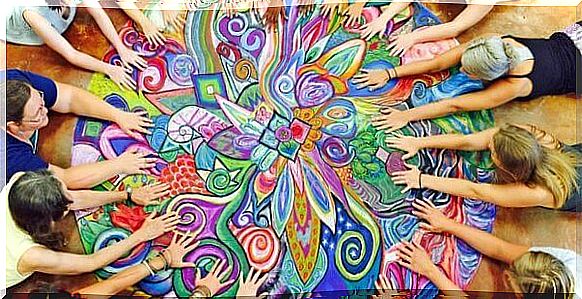
Theatre
In plays, drama or puppetry, the patient speaks through a character. It is the art of acting through a fictional character. It is a process of individual and / or collective creation that sits between two separate worlds: fiction and reality. And when it comes to clay sculptures, a dialogue is started with the material. It is about encouraging this person to find themselves through materials. But it is also about being with them as a support on their journey from camp to themselves.
Painting
With painting, they take a first step to remove obstacles from themselves. In this way, they are taken by all the images, tracks, shapes and colors that are within reach. The point is to get your hands to stop censoring your eyes, as a kind of inhibition. And then they can organize things later and get even closer to their deepest selves.
Dance and voice
When it comes to dance, first of all, there is a moment when they become aware of their own movement. What we mean is that they can hear it and hear themselves through this movement. And it will help them get closer to themselves and communicate with other people later. When it comes to voice, the point is that they should find and use their natural voice and breathe more relaxed. You can do this by getting them to improvise and combine many different sounds.
Literature
And then there is literature, which can give them new ways to play with their own experiences through their imagination. There will be imaginary situations and friends, different timelines, and finally they will recreate their stories in fiction.
Emotions in art therapy
Emotions are extremely important when it comes to human experiences and development. Using art through art therapy helps people develop personally and emotionally. There are four stages to treating emotions in art therapy: naming, exploring, experimenting and integrating. Emotions are our most important form of communication and can even be more important than words. So if your words do not match the right feelings, people will probably not believe them.
Usually when you express something emotional, you use facial expressions, images, verbal metaphors and tone to communicate better with people. They help you understand and express much more than just words, as long as your feelings match the words. Art, like all non-verbal expressions, encourages exploration, expression and communication of things we are not aware of.
Treating emotions through art therapy can improve the quality of your relationships. It also focuses on the emotional factor and helps you become aware of hidden aspects, which will help you develop. Basic emotions such as fear, anger, happiness, love, sadness and unpleasant feelings are essential and necessary for emotional balance.
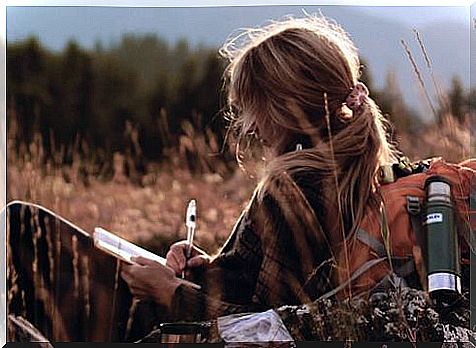
Why are emotions so important?
All your emotions play a role in your cognitive abilities, your physical health and your professional performance. Having a good emotional intelligence means being able to express, in a particular situation, only the right emotions in just the right amounts. It also means being able to see the emotional states of others and being able to feel empathy.
Doing art can help people develop personally and emotionally. The unconscious mind deals with more symbols than logical words. And that is why the use of art can make it easier to develop a process of self-reflection. You can communicate several things through art, especially the unconscious. And that’s because pictures convey much more than words, and are a safe way to explore difficult topics.
Using art therapy: benefits of doing psychotherapy through art
Using art therapy has benefits in helping people develop interpersonal skills. It puts the patient in touch with other people around them more easily, due to the way this type of therapy makes it easy to express themselves. It is also very helpful in dealing with behaviors, improving self-esteem, and avoiding some of the negative effects of anxiety.
Now we will give you more details about all the benefits of using art therapy:
1. One can express emotions that are difficult to verbalize
It can be difficult for us to express the things we feel or think in more traditional ways. Therefore, since art therapy is a tool that encourages and acts on expression, it can help you give shape to the thoughts and feelings that are so difficult to release.
2. One can develop healthy confrontational skills
Confronting emotions and emotions in a creative way can be very helpful in changing the deep-seated behaviors or habits that people have when they feel the need to express those feelings. Using art therapy helps when you are going through a difficult period, and you are trying to use that feeling to create something. This is especially important when it comes to confronting the situation in the best possible way.
3. One can explore imagination and creativity
By using this type of therapy you will increase your ability to create and imagine things. One can also improve these skills by working with them in a more focused way and with the help of the therapist.
4. You can improve your self-confidence
Proving that you can do something for yourself will help you get to a more emotionally balanced place. Thus, achieving your own goals will help you improve your self-esteem and fill you with the feeling that things are going well.
5. One can identify and clarify concerns
Capturing something in the outside world that worries you on the inside will in a more practical and accessible way help you look at all the concepts you have trouble perceiving. These are usually abstract ideas that you can only sink into your brain if you look at them from the outside.
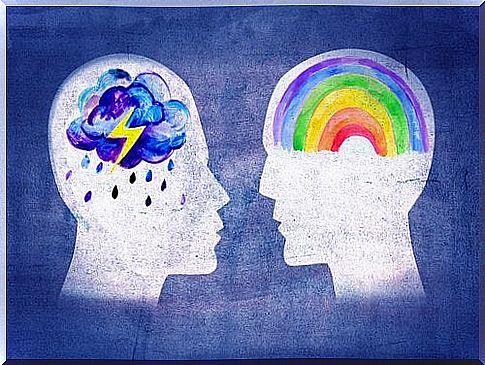
6. Increased communication skills
Using art to express oneself will help people to acquire new tools for good communication. And that applies to both their communication with other people and with themselves. Being able to express what is difficult for them to verbalize, trains them to express things more clearly and in a way that goes better with what they want to communicate.
7. It improves your physical abilities
Using art therapy usually means using your body to express something you cannot say. Therefore, this type of therapy is also good for people who have difficulty making certain movements or have poor coordination.
8. Art reduces stress and anxiety
Doing activities related to art and creativity will give people a time where both stress and anxiety levels go down. People who engage in this type of therapy perceive such activities as relaxing.
9. It encourages people to work with the way they think, and helps them to self-reflect
Scientific thinking goes further and also has to do with being independent or solving problems in your everyday life.
10. It improves concentration, attention and memory
Learning to concentrate is important for your daily life. Having the ability to do so will help you a lot when it comes to being efficient on almost any task. There are a number of benefits to having good concentration : improved memory, decision-making ability, accuracy and flexibility with the goal you have envisioned.
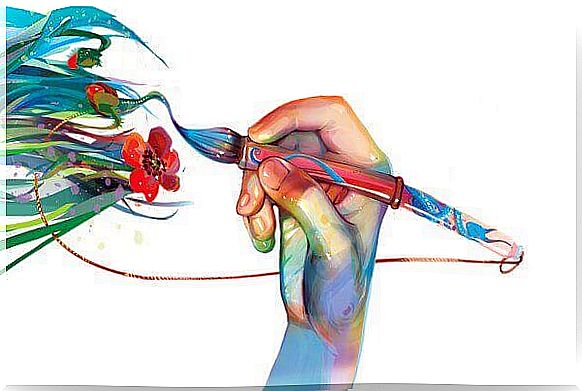
The things people in different parts of the population use art therapy for are physical health, mental health, emotional well-being and social well-being. When it comes to people who need a little help with their bodily expressions, you can use a kind of art therapy based on techniques from psychotherapy.
It is also as possible to use art therapy with children as it is with teenagers and adults. And you can even adapt it to their therapeutic and educational needs. In the latter case, cognitive behavioral techniques can be a good partner for using art therapy (or vice versa) when it comes to learning about things that are a direct part of educational development.
